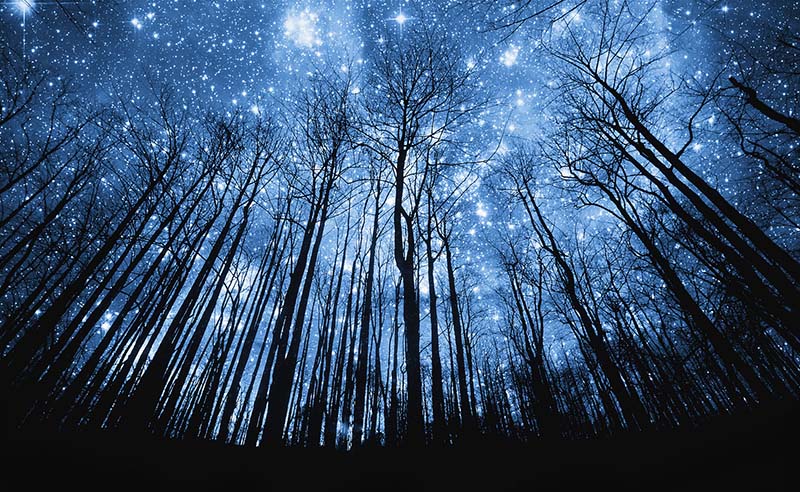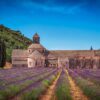The winter solstice is an event that happens every year when the North Pole is tilted furthest away from the sun, delivering the fewest hours of sunlight. This marks the point at which the days slowly begin to get longer again and thus was cause for celebration among many cultures throughout history. This year, the winter solstice falls on December 21st at 10:44 GMT.
One of the most well-known pagan celebrations of the winter solstice is Saturnalia. This ancient Roman festival would begin on December 17th and last for seven days. Named for the father of gods, Saturn, the holiday was celebrated with a sacrifice at his temple, a public banquet, private gift-giving, and a carnival atmosphere that swept through the Empire for the entirety of the festival period. The debauchery that took place during Saturnalia was so widespread that it gave rise to the modern usage of the term “saturnalia,” which means a period of unrestrained license and revelry.
The Feast of Juul was another pre-Christian festival observed during the winter solstice. It took place in Scandinavia, where people would light fires to symbolise the light and warmth of the returning sun. A Juul log would be brought inside and dropped in the hearth as a tribute to the Norse god Thor. The present-day custom of lighting a Yule log at Christmas is believed to have originated with this old Scandinavian tradition.
Although its roots are ancient, celebration of the winter solstice is still very much an occurrence in modern times. Huge droves of people descend on Stonehenge every year to mark the rising of the sun on the shortest day, many of them dressed in traditional Druid costume. They celebrate the return of longer days much like the prehistoric peoples who constructed Stonehenge were believed to have done.
For those who dislike the unavoidable commercialism of Christmas, or who don’t associate themselves with its Christian foundations, the winter solstice can make for a simpler, more natural holiday celebration. The cosmic reminder that our world operates in a cyclical order—that the longest night will give way to the renewal of the sun—is an opportunity for individuals to reflect on the ways in which they are part of a larger order, and are themselves always changing and renewing.
Whether celebrated privately, layered over more mainstream holiday festivities, or turned into a new tradition in and of itself, observance of the winter solstice can become a time for nurturing the spirit and the soul.






